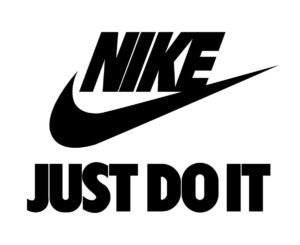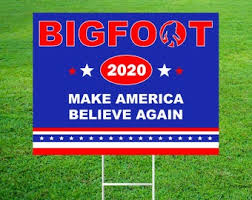How Much Brand Discovery is Enough?
 That’s a fine questions Steve. I’ve done some freelance work where the shop wanted 30-40 interviews. On the B2B side, inclusive of technology, that may be too many. You can never learn too much, you can never talk brand too much, but 30 plus takes time and reduces focus. That said, in my last engagement I probably conducted 25 interviews. It was for a complicated tech assignment, however, requiring that I learn blockchain, cryptocurrency and such.
That’s a fine questions Steve. I’ve done some freelance work where the shop wanted 30-40 interviews. On the B2B side, inclusive of technology, that may be too many. You can never learn too much, you can never talk brand too much, but 30 plus takes time and reduces focus. That said, in my last engagement I probably conducted 25 interviews. It was for a complicated tech assignment, however, requiring that I learn blockchain, cryptocurrency and such.
Ideally, and things are never ideal in the interview business, one would get all the conversations out of the way in a week. That said, don’t over-schedule and burn yourself out. You need time for the information and insights to marinate and react. I like to use a pat set of questions so I can look at the variation of answers or the deltas as they say in the research business.
If you don’t do enough interviews, you can fall into the traps of projecting insights from elsewhere — and that’s a bad. If paid to only do a few interviews you might rationalize things by short-cutting — relying on your planning experience. Don’t do it. Your brain will fart. You’ll spend more time looking for patterns that aren’t there and it will take more time, not less.
Go long, but be careful not to go too long.
Peace.
PS. For a presentation of brand strategy framework with real examples (sans attribution), write Steve@WhatsTheIdea.com








